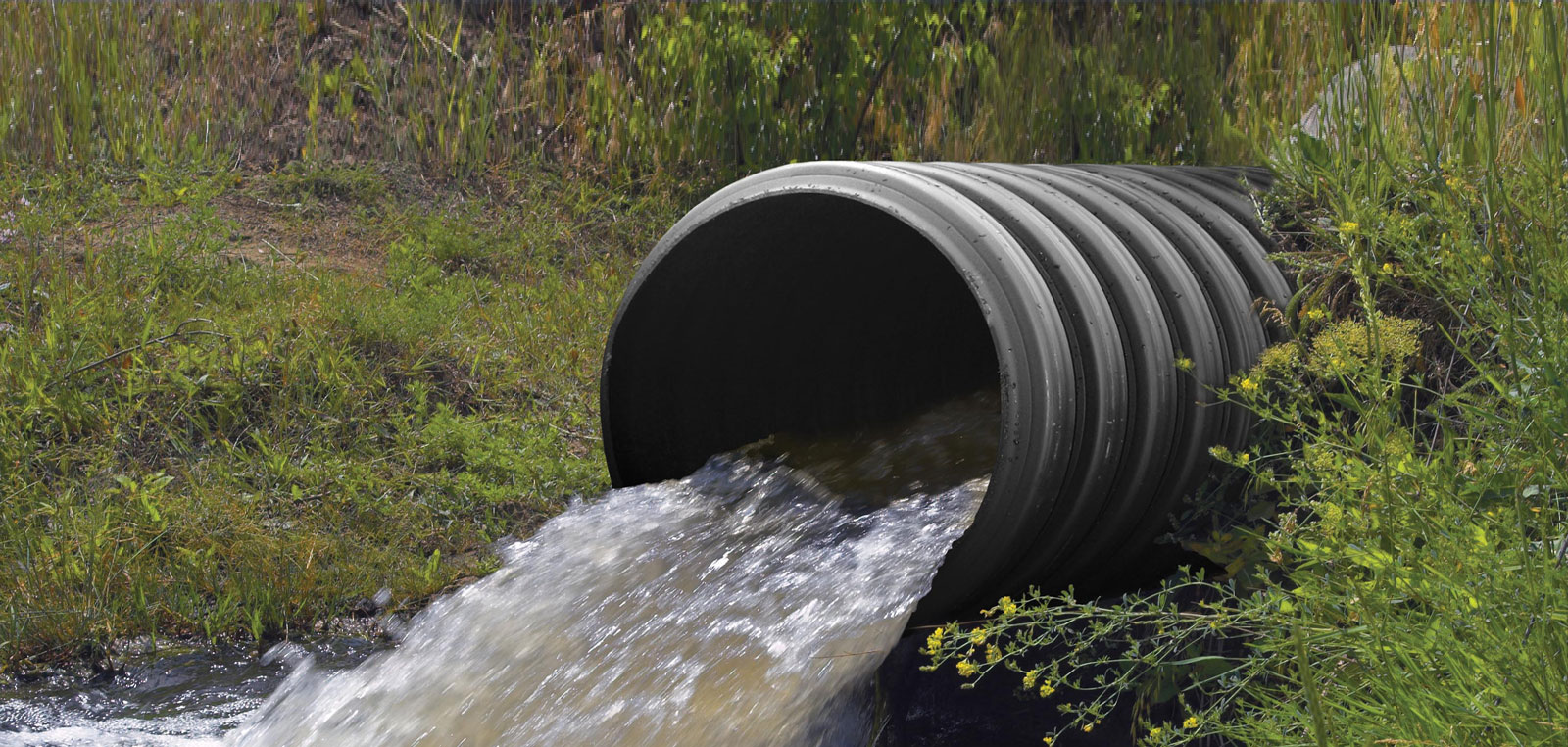
Water could make the Great Lakes a climate refuge. Are we prepared?
Intrigued by warming winters, researchers from the University of Michigan set out in 1989 to formally measure changes in the geographical distribution of plants and animals in the dense pine and hardwood forests of northern Michigan.
Their laboratory, the university’s 10,000-acre Biological Station east of Petoskey, had advanced forestry and natural sciences since the field station’s founding in 1909. Few projects, though, attracted the same level of attention as the migration research.
Completed in 1991, the study was heralded as significant in understanding the effects of global warming on living creatures. Ferns, fish, and mammals common to the southern mixed-hardwood forests of the Midwest and East were migrating into northern Michigan, some of them at a pace of 10 miles annually. Small mammals, trees, and orchids of the north that once were plentiful at the southern edge of their range in Michigan were rapidly slipping back into Canada, their primary habitat.
Read more here: https://bit.ly/2M04Orj
